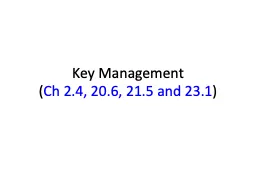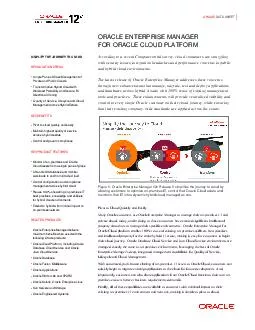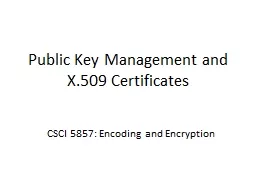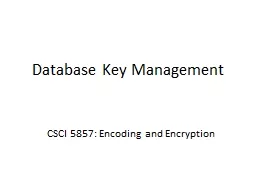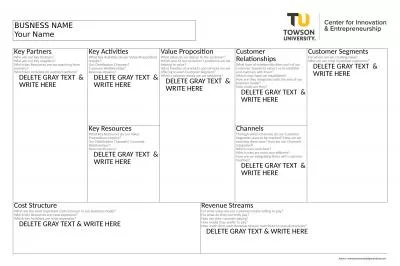PPT-Key Management ( Ch 2.4, 20.6, 21.5 and 23.1
Author : cheryl-pisano | Published Date : 2019-06-27
Shared Key Exchange Problem How do Alice and Bob exchange a shared secret Offline Doesnt scale Using specially crafted messages Diffie Hellman Using a trusted
Presentation Embed Code
Download Presentation
Download Presentation The PPT/PDF document "Key Management ( Ch 2.4, 20.6, 21.5 and..." is the property of its rightful owner. Permission is granted to download and print the materials on this website for personal, non-commercial use only, and to display it on your personal computer provided you do not modify the materials and that you retain all copyright notices contained in the materials. By downloading content from our website, you accept the terms of this agreement.
Key Management ( Ch 2.4, 20.6, 21.5 and 23.1: Transcript
Download Rules Of Document
"Key Management ( Ch 2.4, 20.6, 21.5 and 23.1"The content belongs to its owner. You may download and print it for personal use, without modification, and keep all copyright notices. By downloading, you agree to these terms.
Related Documents

